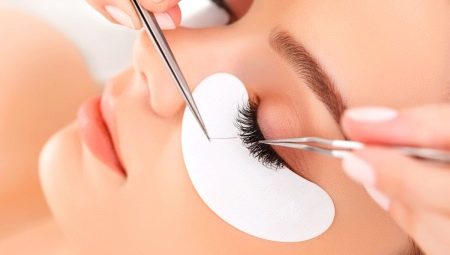Eyelash extensions are a great way to draw attention to the eyes and brighten the look. Modern methods of creating an “additional frame” for beautiful eyes are put on stream. The history of the emergence and dissemination of such an approach to improve the appearance is very interesting.

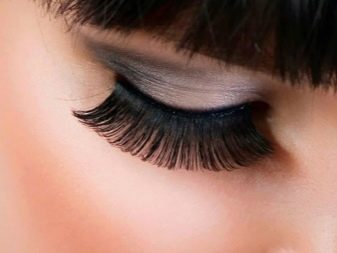
Who invented the extension and when?
Eyelash extensions associated with the emergence of the movie. At the beginning of its existence, it was dumb. The expressiveness of the faces of the actors at that time was of particular importance. Therefore, the “mirror of the soul” of a person in the frame made a special emphasis. Makeup artist named Max Factor, who worked in Hollywood, came up with false eyelashes in 1927.
For the first time, this technology of giving eloquence to eyes was tested during the film adaptation of the musical Chicago on actress Phillins Hyver, who played the role of Roxy in the film.
The audience was really captivated by the look of a beautiful woman who very expressively clapped her eyelashes in black and white.
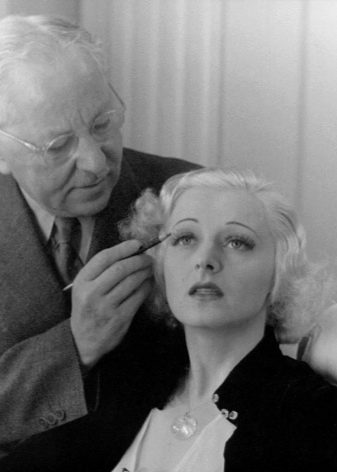
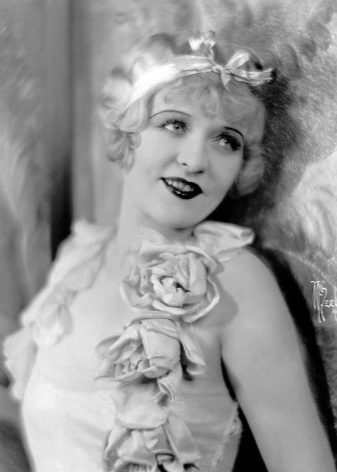
These “pads” were created using the finest fringe on a thread glued to the eyelid. However, technology did not go to the masses. At close range, the artificial eyelashes looked unnatural, besides, they kept for a very short time, but they were expensive. So the creation of images with the help of such designs did not go beyond the limits of the set up to the beginning of the 50s of the last century.
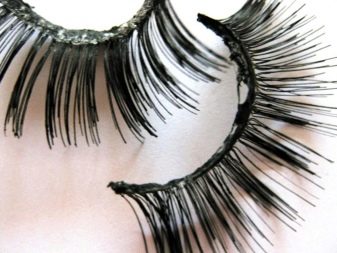
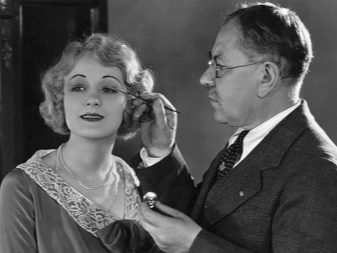
Technology Stages
Really popular eyelash extension procedure began in the 50s of the XX century. The technology was simplified and cheaper, and the “decorations” themselves already looked more natural - long and fluffy. Instead of fabric fringe, more modern materials such as plastic were now used. Therefore, with such beauty on the face, not only movie stars, but also ordinary women flaunted. The real boom on the incredible length of the eyelashes fell on 60 years. In the 70s and beyond, fashion faded and reappeared in the 90s.
At the beginning of the XXI century, another technological breakthrough occurred, which brought building to a new level.
The Japanese first proposed the procedure for gluing eyelashes in bunches, and only 3 years later the system came into play, when individual artificial hairs began to be applied to their own hairs above the eyes. Like real ones, they have a thicker base and thin out to the ends.
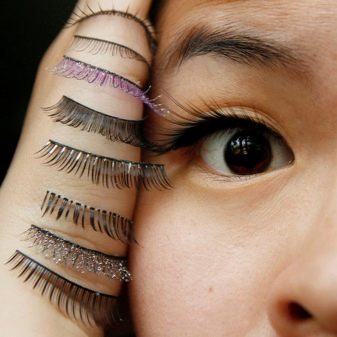

Ciliary framing looks very natural and spectacular due to the fact that the false elements are beautifully curved, giving the eyes a special beauty. The technology of bonding with beams is relevant for those whose natural eyelashes are not thick. If there is no such problem, you can apply ciliary gluing.
It is no coincidence that Japanese makeup artists have become trendsetters in this area. In Japanese women, natural eyelashes, as a rule, are half as long as in native European countries. Using extensions solves a lot of problems, starting with the fact that mascara, unlike “spare eyelashes”, sometimes flows, requires removal, reapplication and so on.
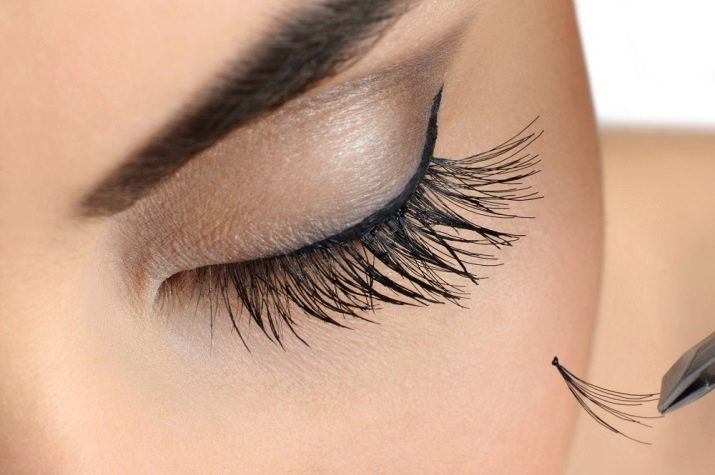
Thanks to the “long-term design”, you can stay beautiful both day and night.
It is important that the master who builds eyelashes is a true professional. Only a solid experienced hand is able to make the border of transition between one's own “edge” above the eyes and the auxiliary invisible.
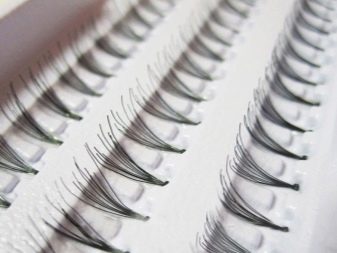
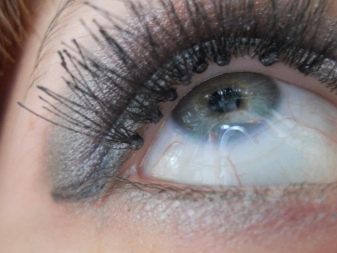
At the present stage of the development of the extension technology, there are several options for creating a visage with ciliary gluing:
- silk;
- mink;
- chinchilla;
- squirrel;
- sable, etc.
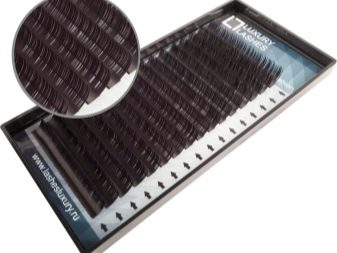

Despite the fact that most of the names of animals are mentioned, there is no question of using natural fur - its use is excluded, since it causes allergic reactions.
In fact, synthetic materials are used here that create a certain visual effect. Artificial eyelashes come in different lengths (from 6 to 15 mm) and a diameter of 0.25 to 0.1 mm. Thanks not only to the length, but also to the direction of growth of false eyelashes the section of the eyes and even the expression of the gaze are adjusted. With the help of such a makeup you can give it, for example, some “childishness” or mystery.

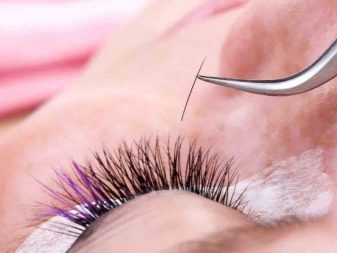
More suitable for everyday use. silk building up. Often, your own hairs around the eyes are supplemented with short cilia from the corresponding material, which are identical in appearance and touch to natural ones. Due to this, "fluffiness" around the eyes increases. You can use silk cilia up to 1.5 centimeters long, but they do not last as long as short ones and are most often used for a festive occasion or for memorable photos.

To create a certain effect, black and dark brown, and even purple artificial hairs are used.
A truly voluminous effect can be created thanks to mink build up. Own eyelashes in this case should be thick and strong. After the procedure, the effect of a particularly long, shiny and voluminous fluffy frame is created, which does not suffer from moisture or heat.

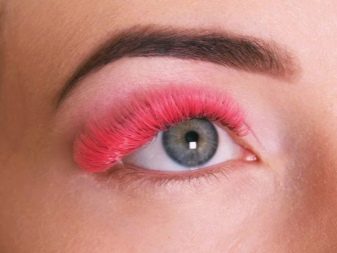
Recent advances in eyelash extensions include 3D-lashes technology. In this case, the latest material is used, which is almost identical to human natural hair. As a result of its use, the ciliary border is resistant to water, sweat and tears. These eyelashes are a little thicker and darker than natural ones. because of which, after gluing them, the look becomes deeper and more expressive.
The following video will tell you where the classic eyelash extension comes from.
